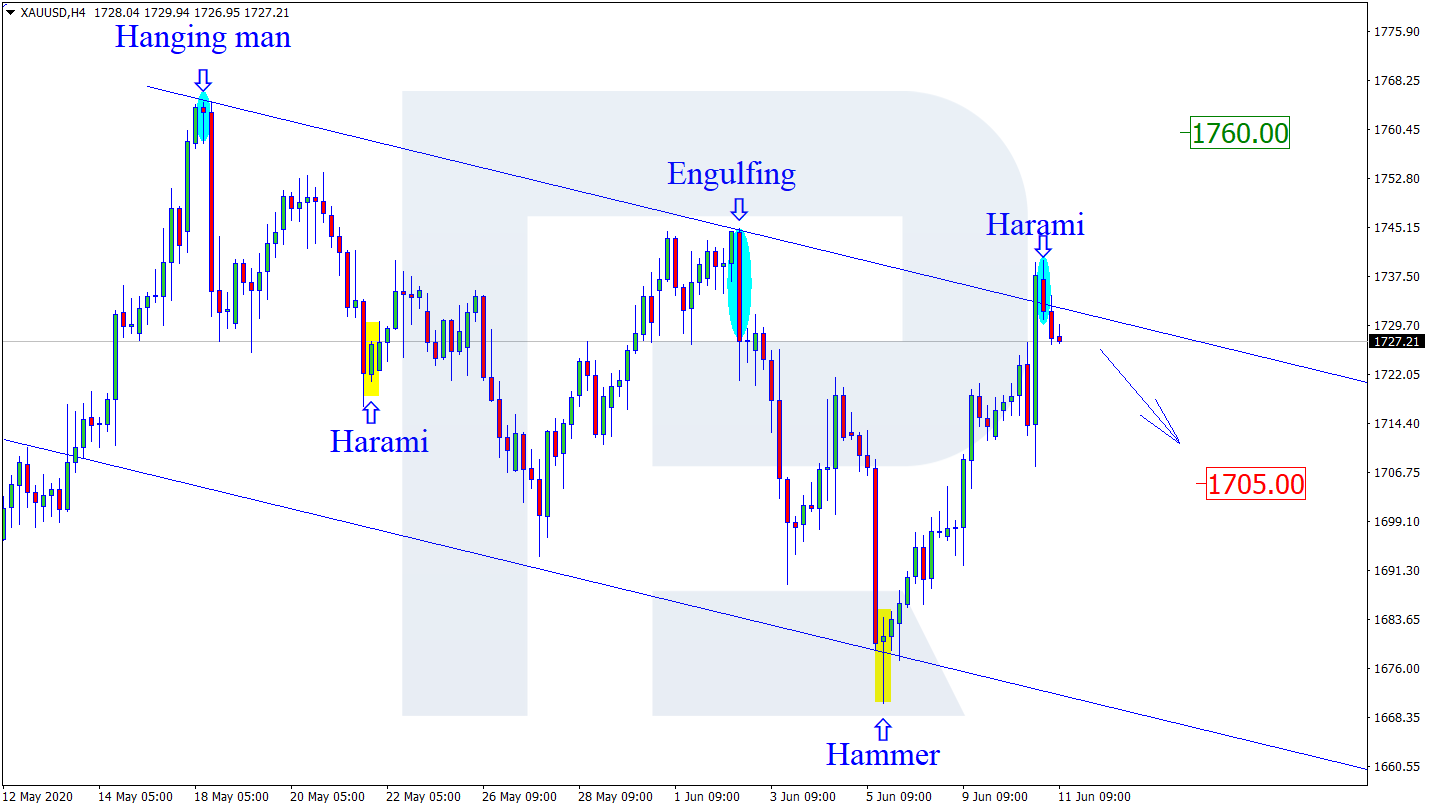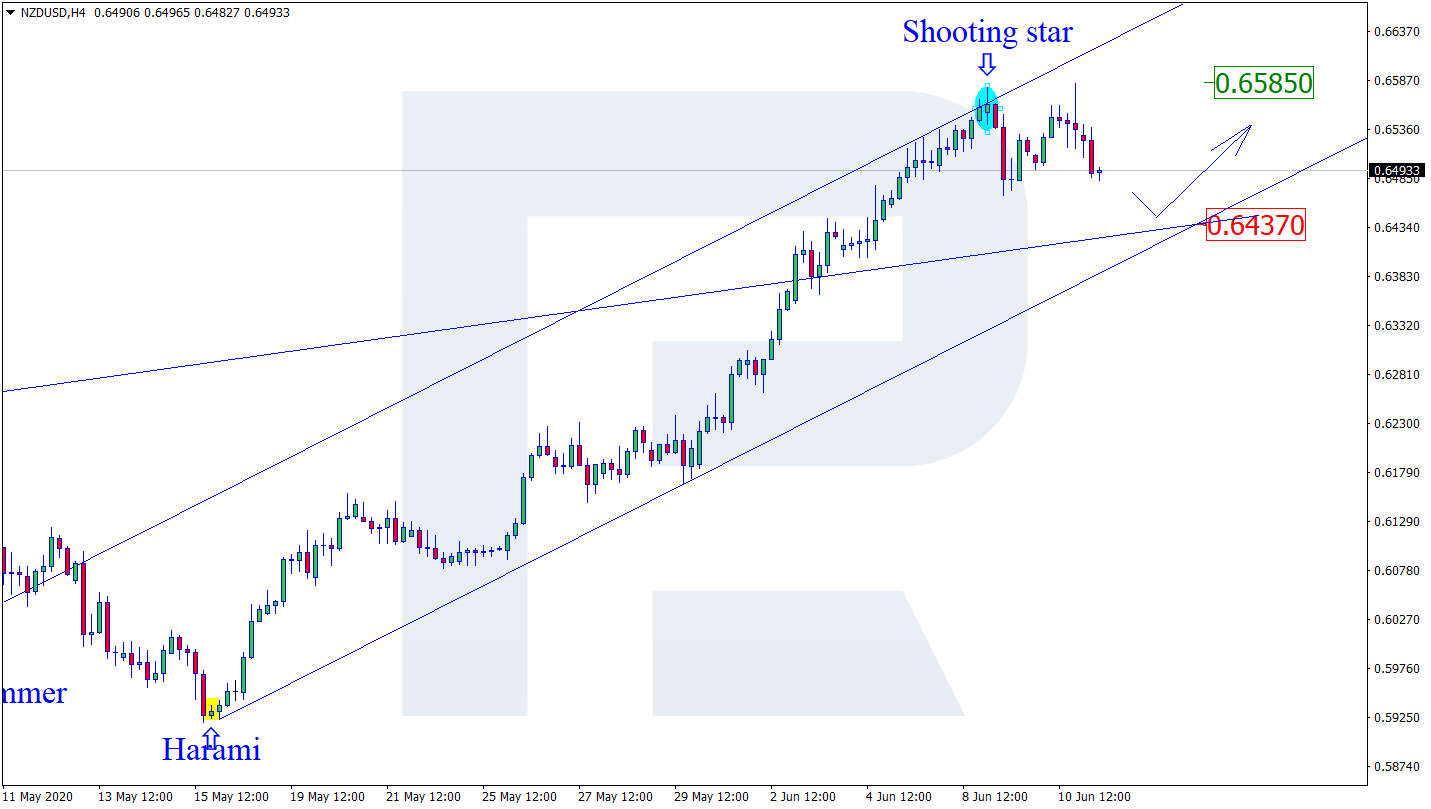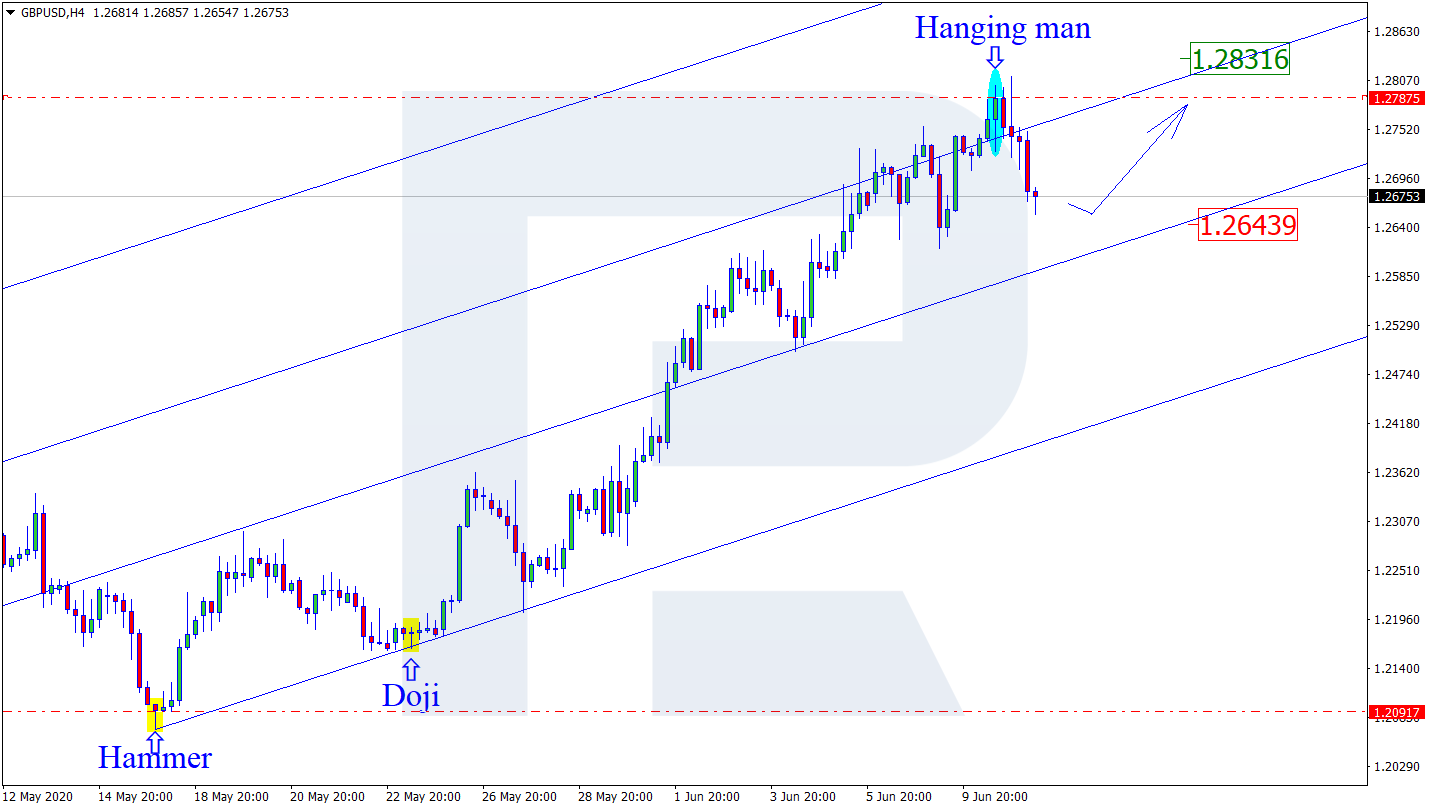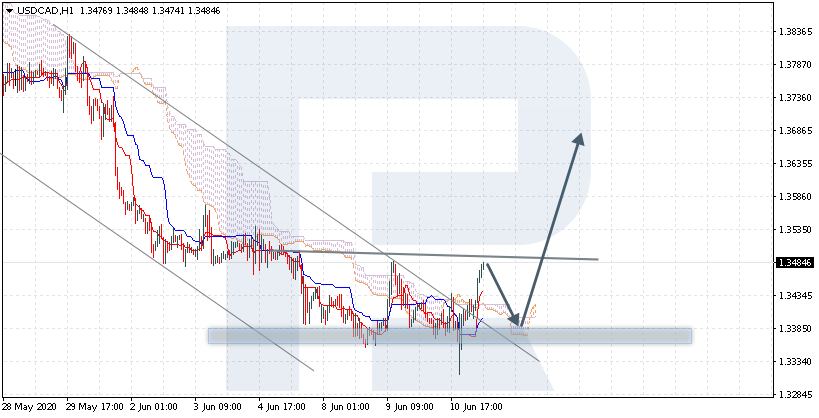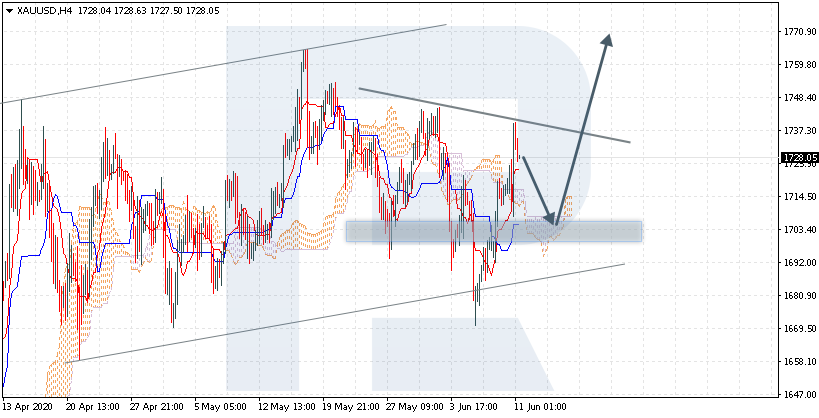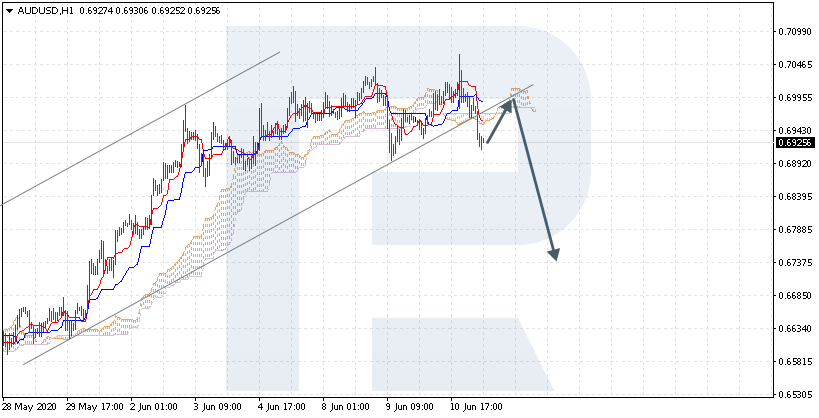By CentralBankNews.info
Ukraine’s central bank cut its main interest rate for the ninth time to the lowest level since its independence from the Soviet Union in 1991 but said the cycle of rapid monetary policy easing was now coming to an end and future policy decisions would depend on how much the fall in demand weakens inflation versus the upward pressure in inflation from the economic recovery.
The National Bank of Ukraine (NBU) cut its key policy rate by another 200 basis points to 6.0 percent – a deeper cut than expected by analysts – and has now lowered the rate 750 basis points this year following cuts in January, March and April.
“A decrease in the key policy rate below its neutral level indicates the end of the cycle of rapid monetary easing,” said the NBU, which has cut its rate 12 percentage points since it began lowering its interest rates in April 2019.
The NBU board also narrowed the interest rate band on its standing facilities to 1 percentage point from 2 percentage points which means overnight refinancing loans will be issued at 7.0 percent while overnight deposits will be placed at 5.0 percent.
Although the contraction in Ukraine’s economy has bottomed, NBU said the extent of the recession in the second quarter from measures to prevent the spread of the Covid-19 virus will be greater than it had expected, which means “measures to put the economy back on the track to growth need to be rather decisive.”
Consumer and investment demand is most likely to remain subdued for longer than it had expected in April and this will keep inflation below the target for longer than projected, requiring the central bank to continue its monetary policy easing to support the economy as it lifts quarantine.
Ukraine’s inflation rate fell to a lower-than-expected 1.7 percent in May from 2.1 percent in April, well below the central bank’s target of 5.0 percent, plus/minus 1 percentage points.
In April NBU had expected inflation to accelerate to 6 percent by the end of this year but today it said inflation was being restrained by low energy prices, increased supply of vegetables and a significant drop in consumer demand.
This is offsetting the impact on inflation from the decline in the hryvnia’s exchange rate and a rise in demand for some goods in early April which means inflation is now expected to rise towards the target at a slower pace than previously expected.
Ukraine’s hryvnia has been extremely volatile in recent years and in March it tumbled, as most other currencies, against the U.S. dollar. But since April it has bounced back but remains 11.6 percent below its level at the start of the year at 26.7 to the dollar today.
NBU said it took advantage of the rise in the hryvnia in April to buy some US$1.8 billion to stock up its reserves, helping compensate for some of the outflow of foreign currency in March.
Today’s rate cut comes the same week the International Monetary Fund’s executive board approved a new 18-month, US$5 billion cooperation agreement with Ukraine – succeeding a 14-month agreement from December 2018 – freeing up the release of a first tranche of $2.1 billion on June 9 to help counter the negative impact from the virus
The agreement with the IMF provides Ukraine with access to financing from the World Bank and the European Union, and this year official financing is expected to reach over $5 billion.
“A longer-lasting coronavirus pandemic and the quarantine measures required to overcome it, both in Ukraine and globally, remain the key risk to macrofinancial stability,” NBU said.
The National Bank of Ukraine issued the following statement:
“The Board of the National Bank of Ukraine has decided to cut the key policy rate from 8% to 6% effective 12 June 2020. This is the lowest level of the key policy rate since Ukraine gained its independence.
Consumer and investment demand is most likely to remain subdued for longer than forecast in April. On the one hand, this will keep inflation below the target level for longer than projected in the April forecast. On the other hand, this means that the Ukrainian economy will face a deeper contraction than expected. This requires the central bank to continue its monetary policy easing in order to support the economy as the country gradually lifts quarantine measures.
Inflation in April–May hovered around 2%, being lower than expected and below the target range of 5% ± 1 pp.
Inflationary pressures remained weak primarily due to a significant drop in consumer demand for food and nonessential goods. Moreover, price growth was restrained by lower energy prices, increased supply of vegetables, and frozen prices for many services during the quarantine. These factors offset the effects of the hryvnia’s weakening in March and the sustained high demand for some goods in early April – these effects having completely vanished as of now.
Further on, inflation will grow moderately, albeit likely heading towards the target range more slowly than expected.
First, consumer and investment demand remain subdued, although business activity has started to pick up gradually as the quarantine restrictions are eased. The fiscal and monetary policy measures taken with the aim of supporting businesses and households will only partially offset the decline in consumer demand. The recovery of consumer demand will be gradual even after the quarantine is lifted.
Second, the FX market, which has a major impact on the price of the basket of goods, is favorable for low inflation. Since the start of April, the supply of foreign currency on the interbank market has exceeded demand. Imports of goods remain below pre-crisis levels across almost all categories of goods, while exports are declining more slowly. As a result, the hryvnia strengthened and since early April the NBU has used this opportunity to purchase around USD 1.8 billion in order to increase international reserves. In such a way, the NBU has become a net buyer of foreign currency since the start of the year, having compensated for the outflow of foreign currency from international reserves in March due to high demand for foreign currency.
Third, inflation expectations are improving among households and financial analysts. According to the NBU, their current expectations of inflation in 12 months have aligned with the NBU’s medium-term target.
At the same time, the NBU’s key assumption of continuing cooperation with the International Monetary Fund has realized.
On 9 June, the IMF Executive Board approved a new cooperation program with Ukraine – an 18-month Stand-By Arrangement amounting to USD 5 billion. The first tranche of USD 2.1 billion will be received today. This has provided Ukraine with access to financing from the World Bank and the EU, which has already disbursed EUR 500 million to the Ukrainian government. This year, the total amount of official financing is expected to reach over USD 5 billion, with more than half of that amount received from the IMF.
These funds would fully finance budget expenditures on counteracting the negative effects from the coronavirus pandemic and quarantine restrictions. In addition, they would increase international reserves, despite there being significant repayments of external public debt this year. A program with the IMF would also facilitate Ukraine’s access to the international capital markets.
A longer-lasting coronavirus pandemic and the quarantine measures required to overcome it, both in Ukraine and globally, remain the key risk to macrofinancial stability.
In addition, it is critically important to continue structural reforms and to maintain a prudent macroeconomic policy.
Given the expectation that inflation would be below its target for a longer period of time, the NBU Board cut the key policy rate by 2 pp, to 6%. Overall, the key policy rate has decreased by 7.5 pp since the start of the current year, hitting a historic low in independent Ukraine.
Monetary easing and other anti-crisis measures taken by the NBU in recent months will support business activity in the country. Although the contraction has already bottomed out, the NBU estimates that the extent of the recession in Q2 will be greater than expected. Therefore, measures to put the economy back on the track to growth need to be rather decisive.
The NBU has also decided to narrow its interest rate band on standing facilities, from the key policy rate +/- 2 pp to the key policy rate +/- 1 pp.
This means that with the new key policy rate, overnight refinancing loans will be issued at 7%, and overnight certificates of deposit will be placed at 5%.
By changing the width of the band, the NBU will be able to achieve the operational goal of its monetary policy, which is to keep hryvnia interbank rates close to the key policy rate, and within the band of interest rates on standing facilities.
A decrease in the key policy rate below its neutral level indicates the end of the cycle of rapid monetary policy easing.
Given the high level of uncertainty, the NBU’s future monetary policy will mainly depend on:
- how great is the fall in consumer demand, which weakens inflationary pressures
- on the other hand, it will be driven by the speed of the recovery of business activity on the back of relaxed quarantine measures, which will accelerate price growth.
A summary of the discussion by Monetary Policy Committee members that preceded the approval of this decision will be published on 22 June 2020.
The next meeting of the NBU Board on monetary policy issues will be held on 23 July 2020
as scheduled.”
www.CentralBankNews.info

